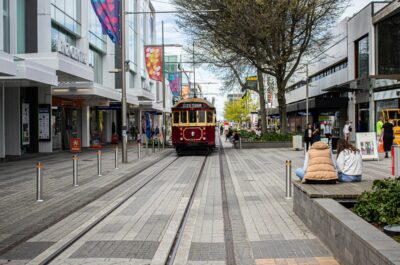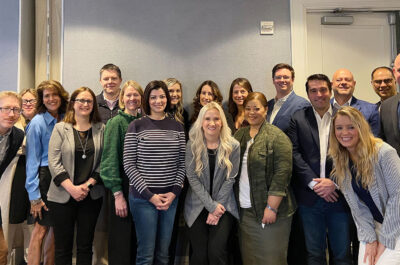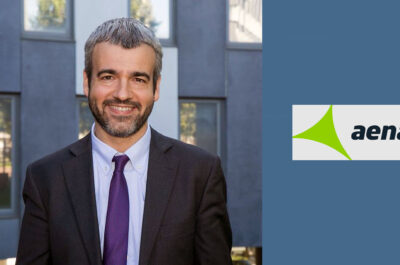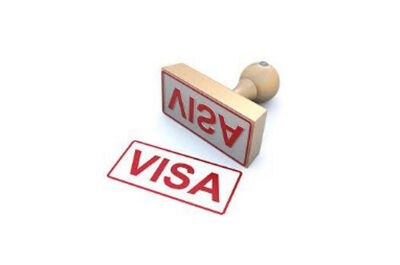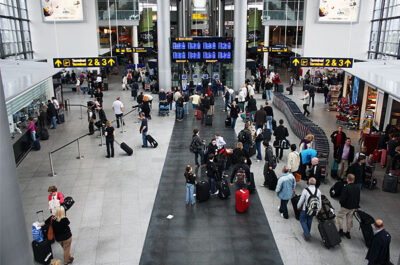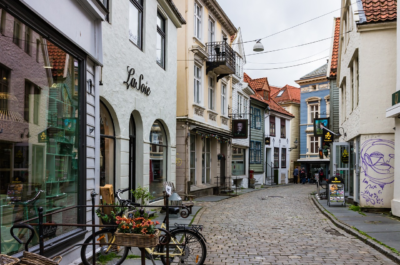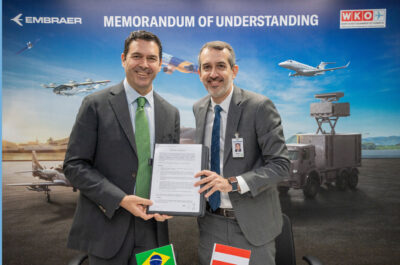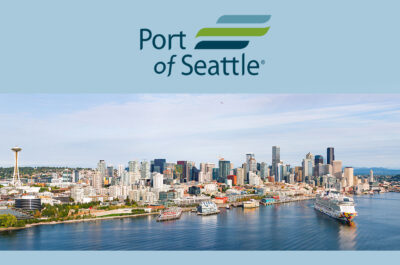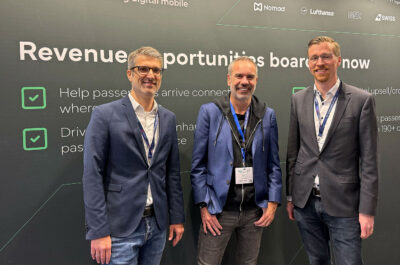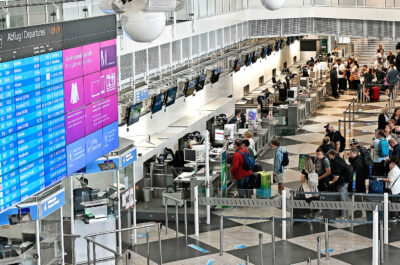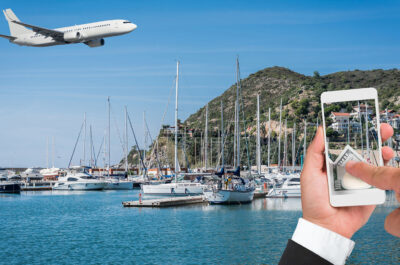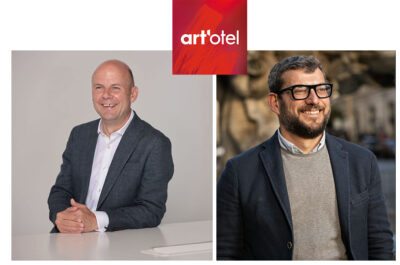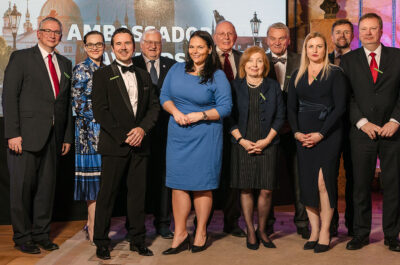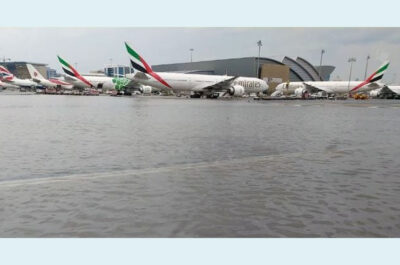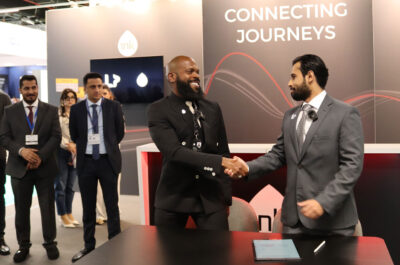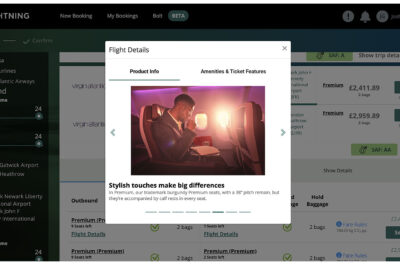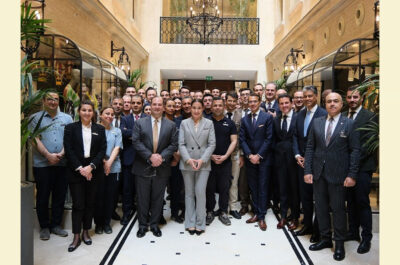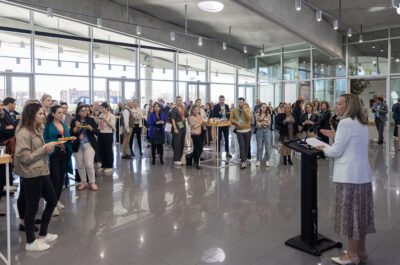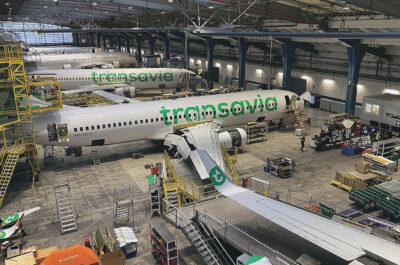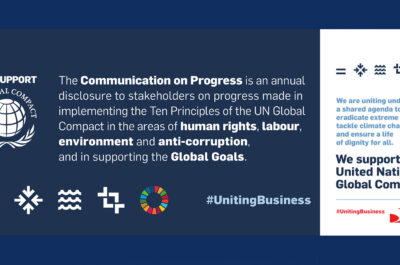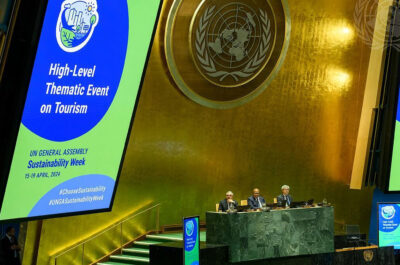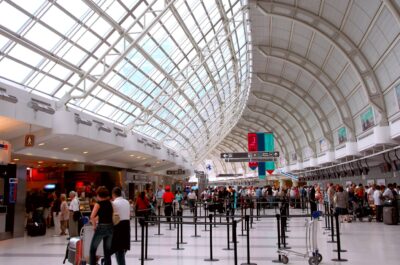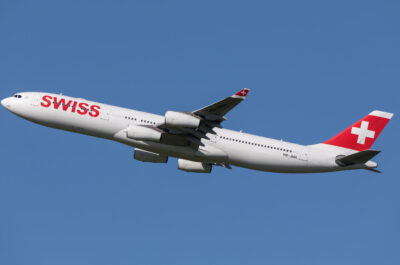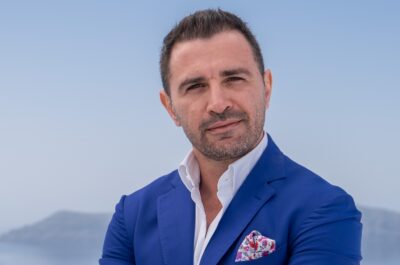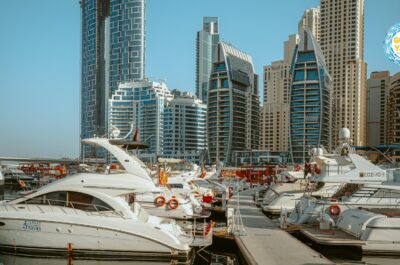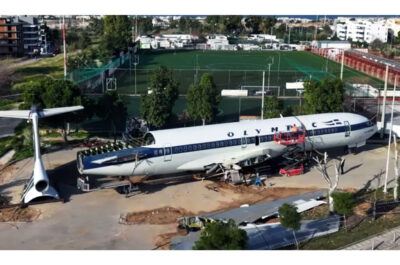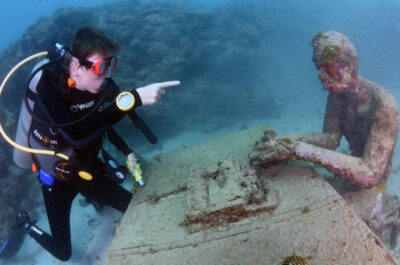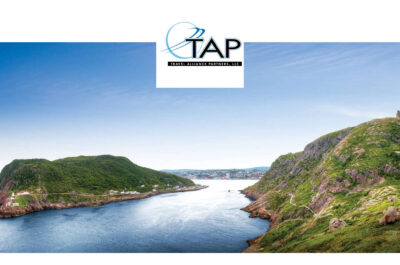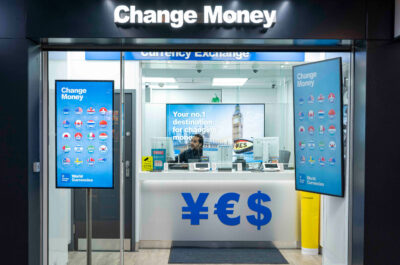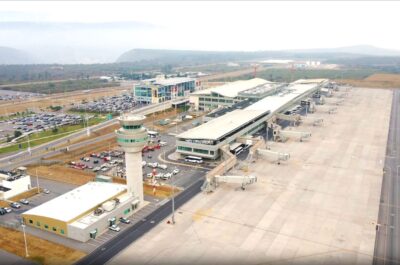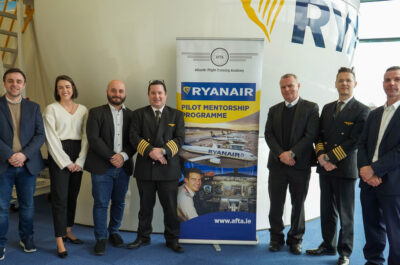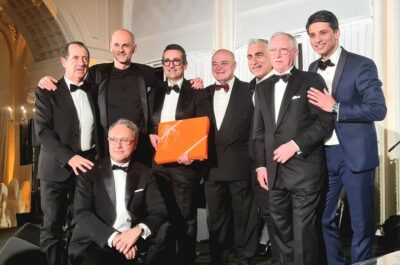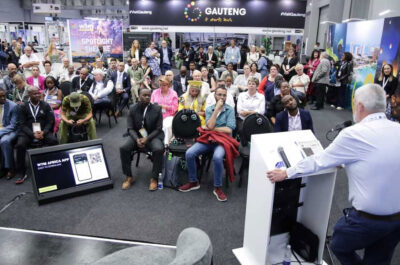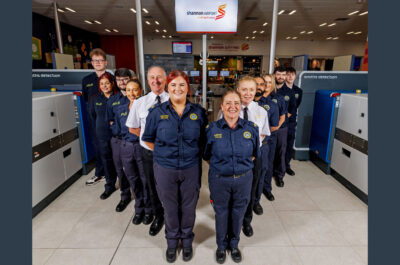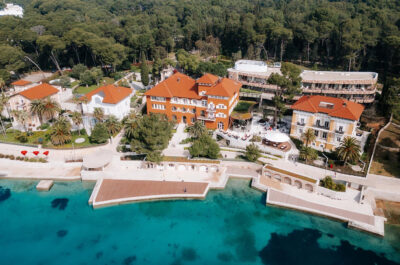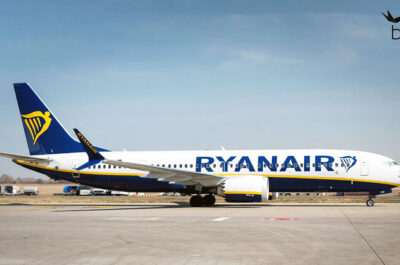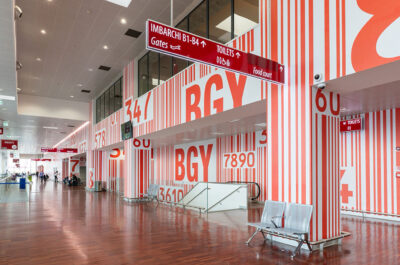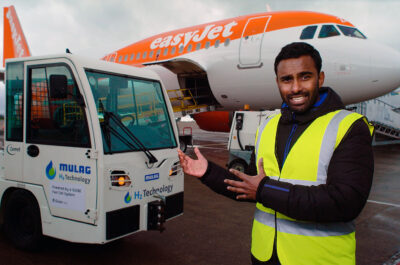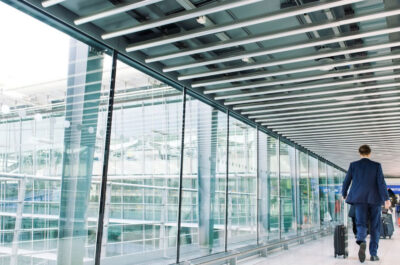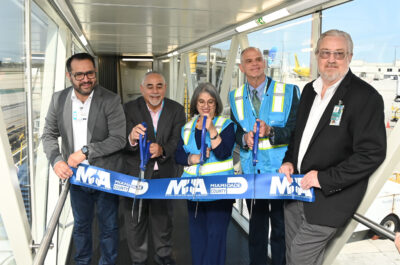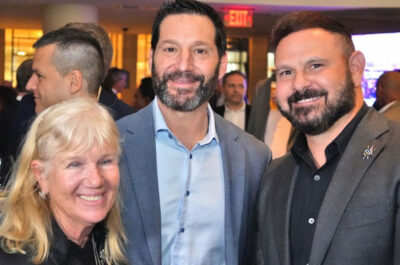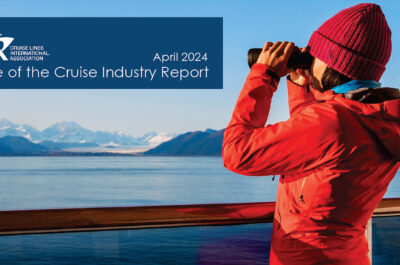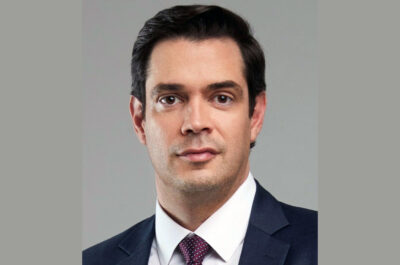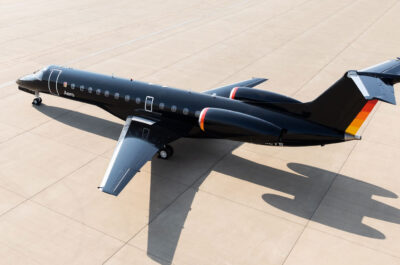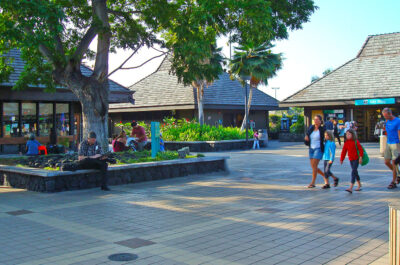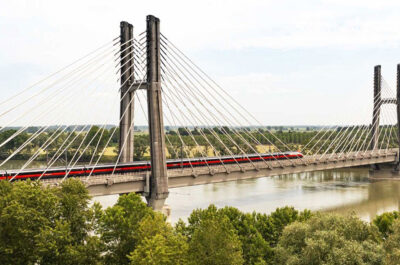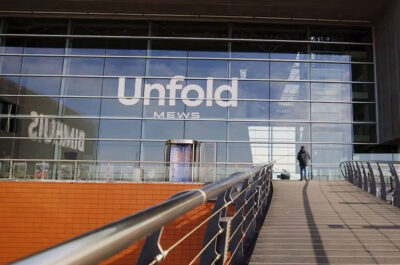European Transport Forum/Brussels
16 October 2012
Ladies and gentlemen
Thank you for inviting me here today to speak about transport’s role in connecting Europe and how better, smoother connections can help to revive economic growth.
In Europe, our single market of 500 million consumers represents the most promising source of growth and future prosperity.
As we push ahead with the Single Market Act II with more initiatives to build and complete this huge market, I am pleased to see that transport is identified as a main driver for growth, employment and confidence in our economy.
Transport is the heart of the supply chain that generates trade flows. It plays a prominent and essential role in the single market, which could not function without it. But it is also a sector with several legal and administrative obstacles to market entry: in domestic rail markets, port services and road transport.
This means that the tremendous potential that the single market offers for reviving and bolstering growth is not being fully tapped. There is more work to do to make Europe’s business environment fair, open and competitive.
We are tackling many of these problem areas. Just an example: as part of the Single Market Act II, we plan to present proposals to open domestic rail passenger services to more competition, create a true single market for maritime transport and accelerate the implementation of the Single European Sky.
Europe needs to connect to compete. It also needs to connect to grow. To do that, we need to have smooth and seamless transport links, and no barriers.
This is about building the roads and bridges missing in the trans-European network, whose completion is a top priority. It is about linking east better with west, removing all the bottlenecks, creating a joined-up logistics chain that combines different transport means to get goods and people from A to B.
To achieve the growth of tomorrow, we need to increase infrastructure investment today. Just up to 2020, about 500 billion euros will be required to complete the trans-European network. This requires funding from traditional sources – such as national and regional budgets – but also greater involvement of the private sector.
Ladies and gentlemen,
The EU can act, by helping to generate that cash requirement via the Connecting Europe Facility and its pan-European dimension and approach.
The CEF is the guarantee that the necessary investments will be made and the infrastructure that Europe needs will get built. Without CEF funding, due to their international nature and high costs, many major cross-border European transport links will simply not be started – let alone completed.
That also applies to the urgent modernisations that are needed for Europe’s traffic management systems, for rail and aviation, among other areas.
If it was solely down to national budgets, each government involved in building cross-border transport links would prioritise the parts of the project that affect its national territory. That is understandable.
The CEF has been designed with pan-European dimension to enhance the competitiveness of the whole of Europe.
It is also designed to attract private sector involvement, by reviving market appetite for infrastructure investment and lowering the risk profile because of our partnership with valued institutions like the European Investment Bank.
€31.7 billion is proposed for transport under the CEF. We need to attract more private sector involvement. One optimal way to do this is by using project bonds. These bonds are one of several risk-sharing instruments. They will attract long-term private financing for individual infrastructure projects, in the form of investment capital from pension funds, insurance companies and asset managers.
Funding cross-European infrastructure in this way is an excellent example of how the EU budget can be better used to target growth-boosting investment.
As you know, Member States are negotiating the European Union’s budget for the next seven-year financial period, of which the CEF is an important part.
While we hope for an agreement soon, the discussions will not be easy – they never are, when it comes to money. This is where we need the support of your governments to make this innovative financing tool work and become a reality.
The Commission will strongly defend the CEF. But I hope that we can also count on your full support to stress its benefits to all Member States. If we are to promote an agenda for European growth, then we also need the resources which are necessary to achieve it.
In the meantime, now that the project bonds pilot phase is nearly up and running, the next step is to get proposals flowing for infrastructure projects. These will naturally take some time to prepare – and the sooner, the better!
Ladies and gentlemen: this is about building infrastructure so that Europe stays competitive. It is also about ensuring long-term sustainable growth at a particularly difficult economic time.
And this is what the CEF, with your help, is intended to deliver.
Thank you.
Theodore is the Co-Founder and Managing Editor of TravelDailyNews Media Network; his responsibilities include business development and planning for TravelDailyNews long-term opportunities.
